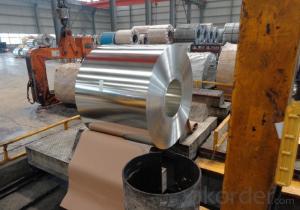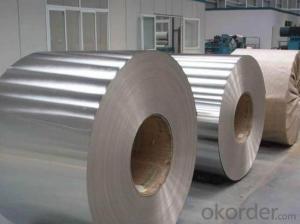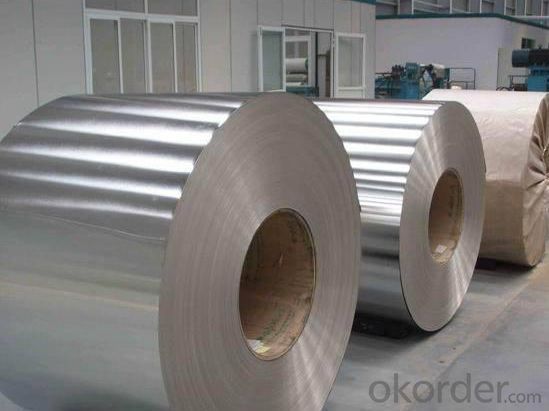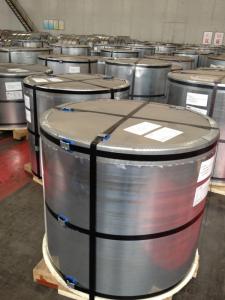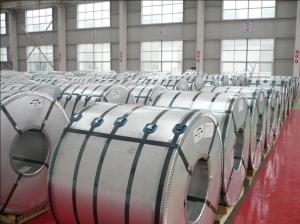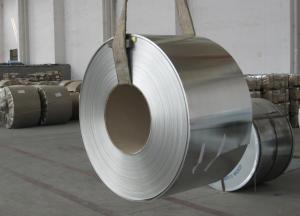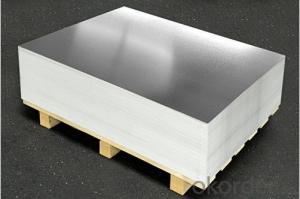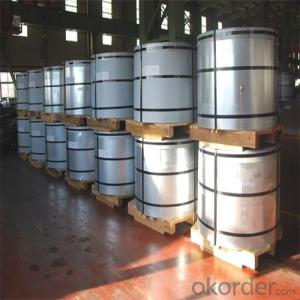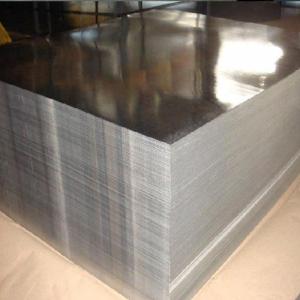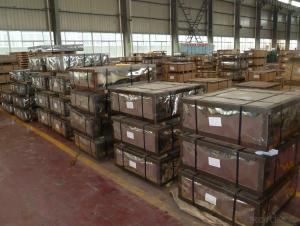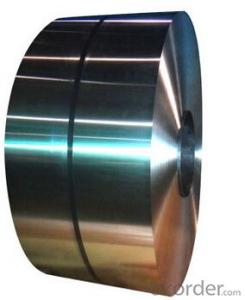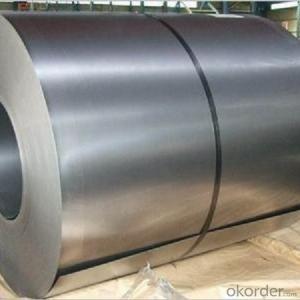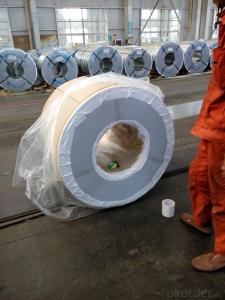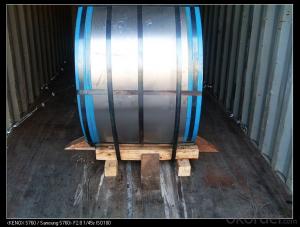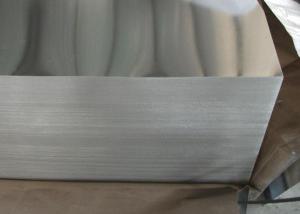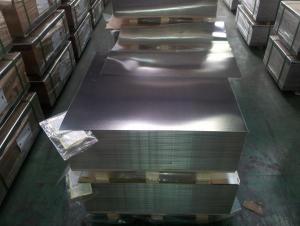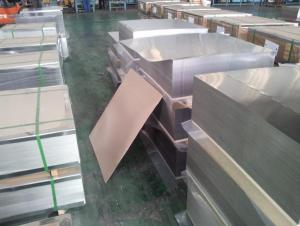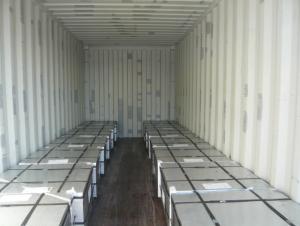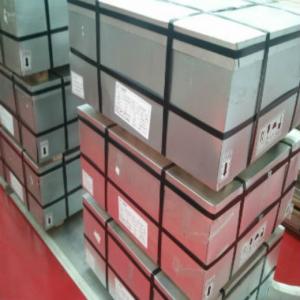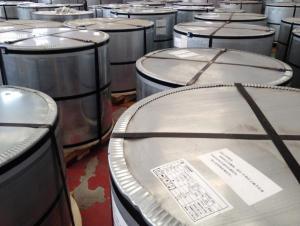Plain Prime Tinplate in Sheet for Metal Packaging
- Loading Port:
- Guangzhou
- Payment Terms:
- TT OR LC
- Min Order Qty:
- 20 m.t.
- Supply Capability:
- 20000 m.t./month
OKorder Service Pledge
OKorder Financial Service
You Might Also Like
1. Structure of Plain Prime Tinplate in Sheet for Metal Packaging Description
Tinplate is a thin steel coil coated by tin. It has an extremely beautiful metallic luster as well as excellent properties in corrosion resistance, solderability and weldability. Electrolytic Tinplate undoubtedly enjoys the pride of place as a packaging medium especially for food. The free tin layer is not only responsible for the attractive bright finish and ease of solderability but is also non-toxic a factor of vital importance in food packaging!
2. Main Features of the Plain Prime Tinplate in Sheet for Metal Packaging
Tinplate in primarily used for packaging food stuffs and beverages,
also used in containers for oils, grease, paints, polishes, chemicals and many other products. Aerosol containers and caps and closures are also made from ETP
3. Plain Prime Tinplate in Sheet for Metal Packaging Images
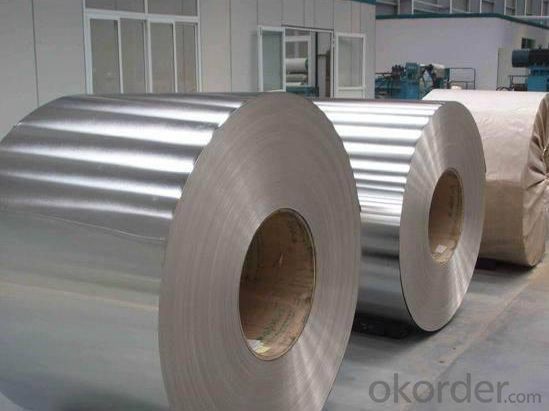
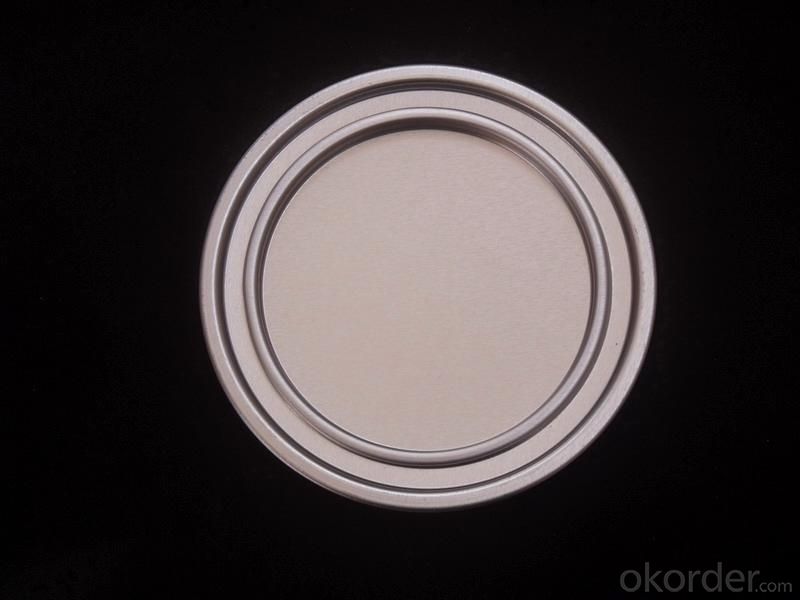
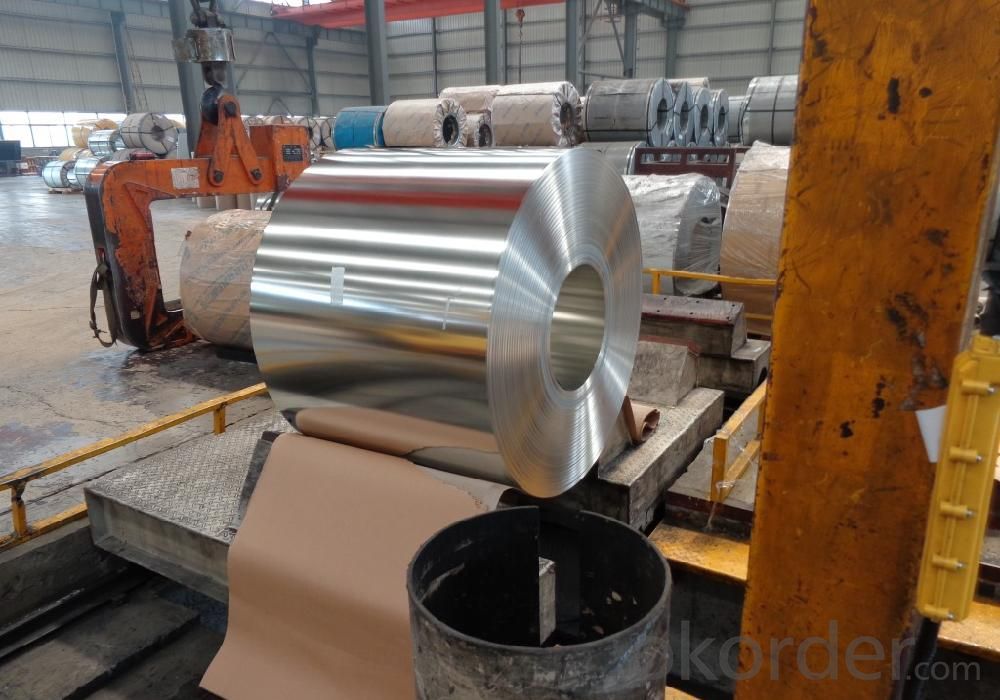
4.Plain Prime Tinplate in Sheet for Metal Packaging Specification
Product name | Prime T3 Tinplate in sheets |
Steel Type | SPCC, MR |
Temper(BA&CA) | T1~T5 |
Coating for the Prime T3 Tinplate in sheets | 1.1~11.2g/m2 |
Thickness and tolerance | 0.15~0.50mm(Tolerance: _+0.01 mm) |
Width & tolerance | 300~1000mm (Tolerance: 0~3mm) |
Cut length & tolerance | 450~``50mm (Tolerance: 0~3mm ) |
Coil inside diameter | 420/508mm |
Coil Weight | Prime T3 Tinplate in sheets weight 3~10 MT |
Passivation | 311 |
Oiling | DOS |
Surface Finish | Bright, Stone, Silver, Matte |
Packaging | Prime T3 Tinplate in sheets with Seaworthy Standard with wooden pallet |
Standards Available | GB/T2520, JIS G3303, ASTM A623M & EN10202 |
5.FAQ of Plain Prime Tinplate in Sheet for Metal Packaging
How long does it take to get the product if i place an order?
With the process of your requirements,we will pack and deliver in 3-7 days.If it is by sea shipment,it will take 15-45 days depending on different locations.
- Q: A tin rust problem for help
- Once the outer rust rust, if the area is not large, can use sandpaper to rub the rust, and then wipe clean towel can surface, then coated with a layer of antirust oil; if the outer rust area of about 1/2, we must take into account whether the corrosion to the inner wall, has affected the quality of the contents. If rust occurs on the inside, you need to remove all the rework, tank canning, liquid injection, degassing, sealing and sterilization, cooling, after 2 times of high temperature sterilization of canned products, generally need to downgrade, or if some products in the two sterilization will appear after taste and color changes, you need to direct rejection.
- Q: What are the common misconceptions about tinplate packaging?
- One common misconception about tinplate packaging is that it is easily dented or damaged. In reality, tinplate is quite durable and can withstand rough handling without losing its structural integrity. Another misconception is that tinplate packaging is not environmentally friendly. However, tinplate is highly recyclable and can be reused multiple times, making it a sustainable packaging option.
- Q: What is the cost of tinplate?
- The cost of tinplate varies depending on factors such as market demand, size, thickness, and quality.
- Q: What are the regulations and standards related to tinplate packaging?
- The regulations and standards related to tinplate packaging vary depending on the country and industry. However, some common regulations and standards include ensuring the tinplate packaging materials are food-grade and safe for consumers, complying with labeling requirements such as product information and warnings, and meeting environmental regulations for packaging waste management. Additionally, tinplate packaging may need to adhere to specific industry standards like those set by the International Organization for Standardization (ISO) or specific regulatory bodies such as the United States Food and Drug Administration (FDA).
- Q: How does tinplate perform in terms of recyclability?
- Tinplate has excellent recyclability as it is a highly recyclable material. It can be easily collected, sorted, and recycled into new products repeatedly without losing its quality. This makes tinplate a sustainable packaging choice that contributes to reducing waste and preserving valuable resources.
- Q: What are the common quality standards for tinplate?
- The common quality standards for tinplate include factors such as the thickness and uniformity of the tin coating, the absence of defects such as scratches or dents, the adhesion and durability of the tin coating, and compliance with specific international regulations related to food safety and environmental protection.
- Q: Does tinplate corrode over time?
- Yes, tinplate can corrode over time. The tin coating on the steel surface of tinplate can gradually deteriorate due to exposure to moisture, acids, or other corrosive substances, leading to the formation of rust or corrosion.
- Q: How is tinplate cleaned and maintained?
- Tinplate is commonly cleaned and maintained by using mild soapy water and a soft cloth to wipe away any dirt or stains. It is important to avoid using abrasive cleaners or scrub brushes that could damage the tin coating. Additionally, regular maintenance includes drying the tinplate thoroughly after cleaning to prevent rust formation and storing it in a dry place away from moisture or direct sunlight.
- Q: How does tinplate perform in terms of moisture barrier properties?
- Tinplate performs exceptionally well in terms of moisture barrier properties. Its inherent resistance to moisture makes it an ideal choice for packaging applications, as it effectively prevents the penetration of moisture, thus preserving the integrity and quality of the contents inside.
- Q: What are the challenges in printing on tinplate?
- One of the challenges in printing on tinplate is ensuring the adhesion of ink to the metal surface. Tinplate has a smooth and non-porous surface, which makes it difficult for ink to adhere properly. Special primers and coatings may be required to promote better ink adhesion. Additionally, the curved shape of tinplate cans can pose challenges in achieving consistent and accurate printing, as the surface may not be completely flat. Proper registration and alignment techniques need to be employed to overcome this challenge. Another challenge is the durability of the printed design. Tinplate cans often undergo various handling and storage conditions, such as stacking and transportation, which can cause the printed design to scratch or fade over time. Therefore, using high-quality inks and coatings that offer good resistance to abrasion and fading is important.
Send your message to us
Plain Prime Tinplate in Sheet for Metal Packaging
- Loading Port:
- Guangzhou
- Payment Terms:
- TT OR LC
- Min Order Qty:
- 20 m.t.
- Supply Capability:
- 20000 m.t./month
OKorder Service Pledge
OKorder Financial Service
Similar products
Hot products
Hot Searches
Related keywords
